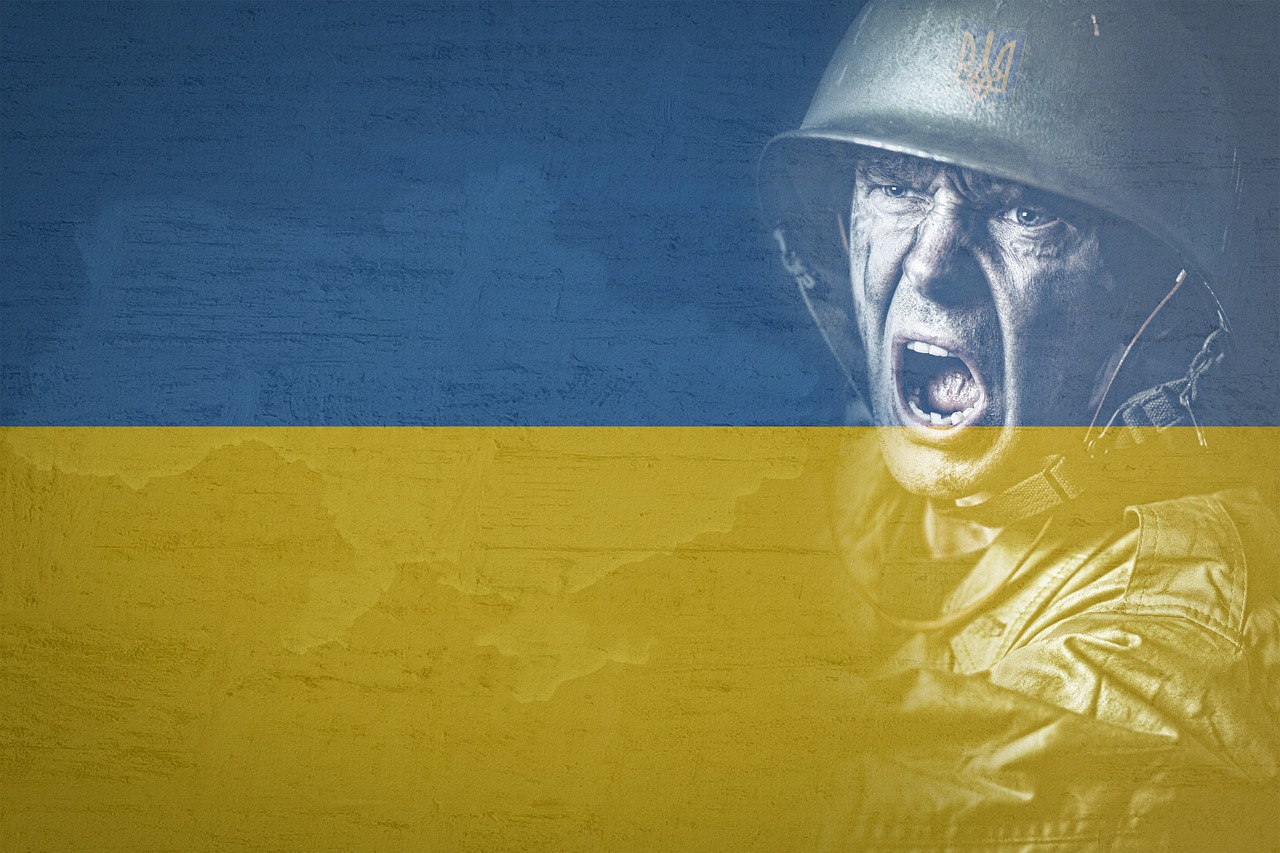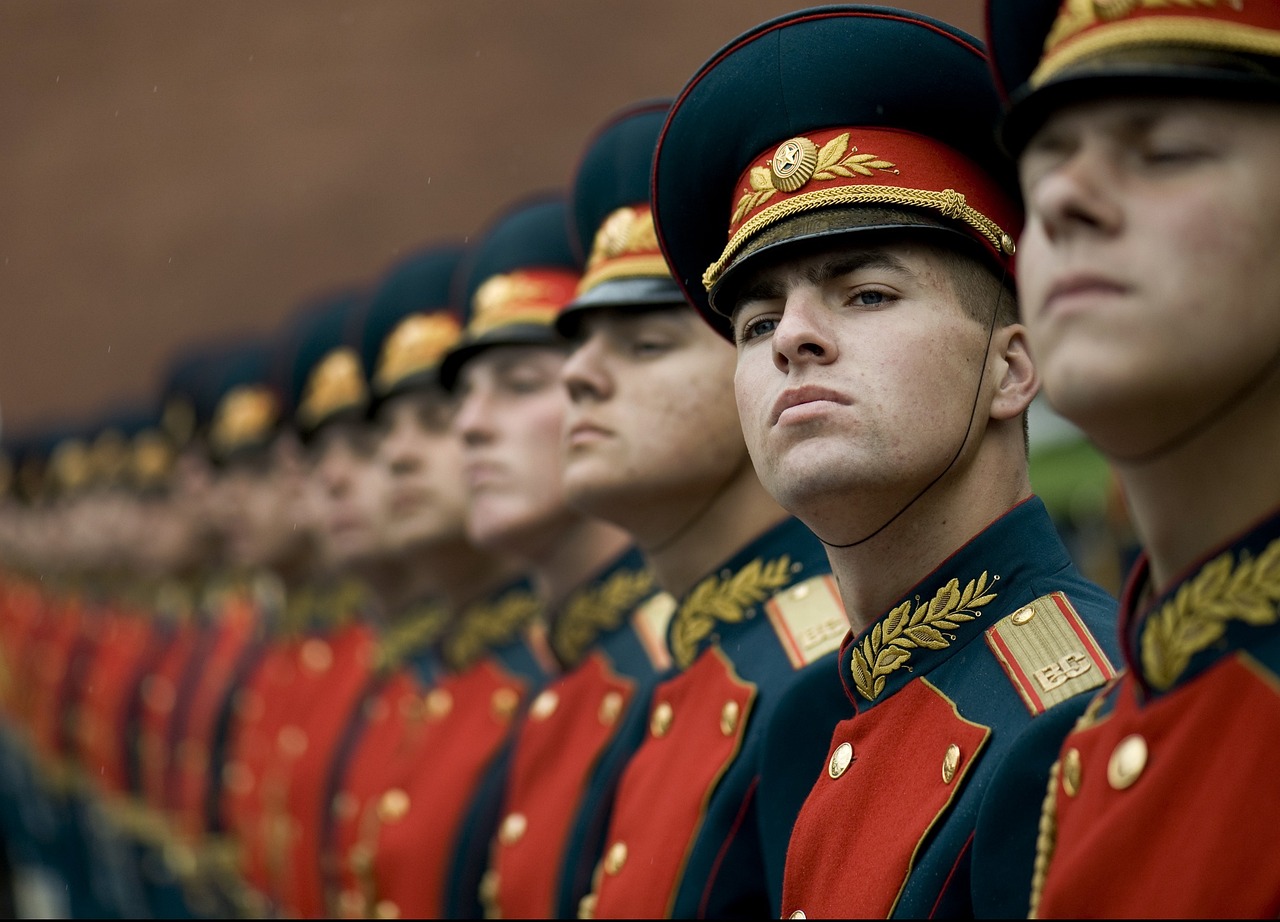Rising Stakes in the Ukraine-Russia Conflict
As the Ukraine-Russia war surpassed its 1000th day, global tensions intensified dramatically. Western nations have significantly bolstered Ukraine’s military capabilities while Russia issued its sternest nuclear threats to date. This pivotal week not only underscored the escalating conflict but also highlighted shifting geopolitical dynamics.
Escalation of Military Actions
Late Sunday night, reports indicated that President Joe Biden authorized Ukraine to utilize longer-range ATACMS missiles against targets within Russia. This marked a significant policy shift from the U.S., which had previously denied such requests from Kyiv. Following this announcement, Ukrainian forces launched a series of ATACMS missiles into the Bryansk region of Russia, marking the first instance of American-made missiles striking Russian territory during this conflict.
This development illustrated a decisive moment in the war, showcasing Western support for Ukraine’s military efforts.
On Wednesday, Ukraine further escalated its offensive by deploying UK-supplied Storm Shadow missiles against targets in Russia’s Kursk region. This area has seen Ukrainian troops secure approximately 600 square kilometers (232 square miles) of formerly Russian-held territory. Later in the week, Biden approved the use of anti-personnel landmines, a controversial yet effective addition aimed at enhancing Ukraine’s defenses on the eastern front.
Moscow’s Countermeasures and Global Implications
As Western powers ramped up their support for Ukraine, Moscow responded with notable military adjustments. On Tuesday, marking the 1000th day of the war, President Vladimir Putin revised Russia’s nuclear doctrine to lower the threshold for nuclear weapon use. The new policy indicates that an attack from a non-nuclear state supported by a nuclear power will be treated as an assault on Russia.
In a show of force, Russia deployed a new missile system known as “Oreshnik,” which Putin claimed travels at ten times the speed of sound. Observers interpreted this as a clear warning that Russia possesses the capability to deliver nuclear weapons if deemed necessary.
Despite these threats, Western leaders appear increasingly desensitized to Russia’s nuclear posturing, with many believing that China’s influence may act as a deterrent against nuclear escalation.
Amidst these developments, North Korea has also entered the fray by supporting Russia militarily. North Korean leader Kim Jong Un warned that never before has the threat of nuclear war been more pronounced, attributing it to U.S. policies toward Pyongyang.
Looking Ahead: Shifting Geopolitical Landscape
The recent surge in military actions and rhetoric raises questions about future negotiations and potential resolutions to this protracted conflict. With U.S. President-elect Donald Trump set to take office shortly, potential shifts in American foreign policy loom large on the horizon. Trump has implied he would seek to end the war swiftly—an approach that may involve compromises detrimental to Ukraine’s territorial integrity.
Former Ukrainian officials remain cautiously optimistic about Trump’s leadership style but warn against viewing any negotiations through a simplistic lens. As both sides prepare for potential talks, this week’s events may signify not just escalating hostilities but also a strategic contest for influence in upcoming negotiations.
As tensions continue to rise and alliances shift, the global community watches closely—the future of Ukraine hangs precariously in a balance defined by military might and diplomatic maneuvering.


